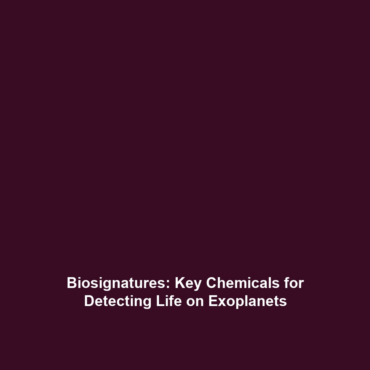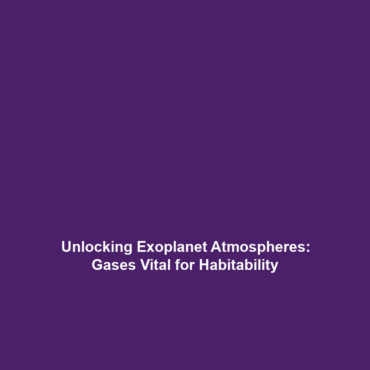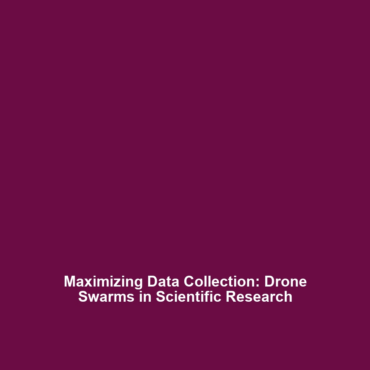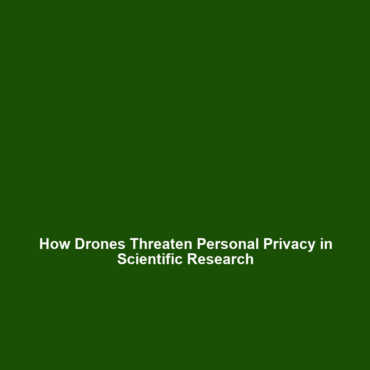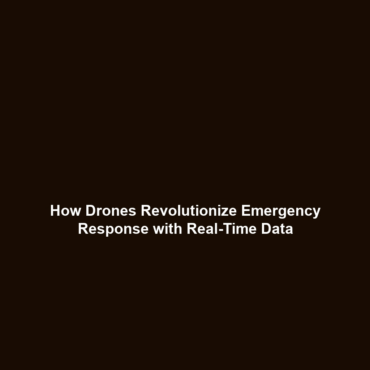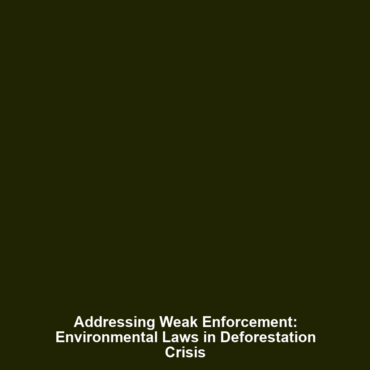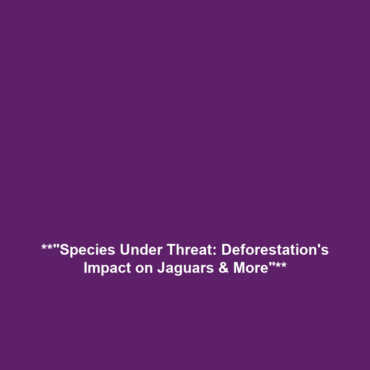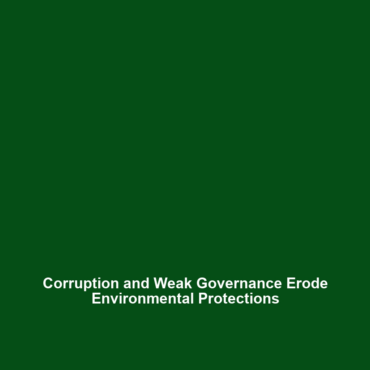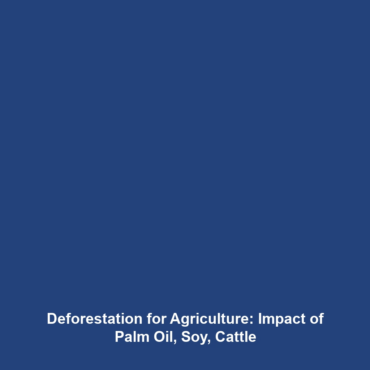Biosignatures: Indicators of Life on Exoplanets
Biosignatures refer to chemical compounds, such as oxygen and methane, that may serve as indicators of biological processes existing elsewhere in the universe. Within the field of exoplanet research, the detection of these gases in a planet’s atmosphere offers compelling evidence for the possibility of life. Understanding biosignatures is crucial for the advancement of astrobiology, enabling scientists to identify potentially habitable worlds beyond our solar system.
Key Concepts of Biosignatures
Biosignatures are primarily defined by the presence of gases that ordinarily indicate biological activity. The following key concepts are integral to understanding their significance in the context of exoplanets:
- Oxygen and Methane: These two gases are of particular interest because they can exist together in significant quantities only in the presence of life. On Earth, they are produced by biological processes.
- Spectroscopy: This scientific method allows astronomers to analyze light from exoplanets, identifying the chemical composition of their atmospheres and searching for biosignatures.
- Habitability Conditions: Understanding the conditions necessary for life helps define the types of planets that may possess biosignatures, such as those in the Goldilocks Zone, where temperatures permit liquid water.
Applications and Real-World Uses
The study of biosignatures has significant applications in the exploration of exoplanets:
- Identifying Habitable Exoplanets: Instruments like the Transiting Exoplanet Survey Satellite (TESS) and James Webb Space Telescope (JWST) aim to identify exoplanets with potential biosignatures.
- Astrobiological Research: Understanding how biosignatures develop informs our knowledge of life’s potential existence elsewhere in the universe.
- Technological Innovations: Advances in spectroscopic technology enhance our ability to detect biosignatures, allowing for more sophisticated methods in identifying life.
Current Challenges
Despite the exciting potentials of identifying biosignatures, several challenges remain:
- False Positives: Some abiotic processes can produce similar gas signatures, complicating the interpretation of data.
- Observation Limitations: Current technologies may not capture the full spectrum of gases present in distant exoplanet atmospheres.
- Modeling Complex Interactions: Accurately modeling interactions between various gases in atmospheres is crucial to distinguishing biological from non-biological origins.
Future Research and Innovations
Looking ahead, several innovations promise to deepen our understanding of biosignatures:
- Next-Generation Telescopes: Upcoming telescopes, including the Extremely Large Telescope (ELT), aim to provide unprecedented detail in atmosphere examinations.
- New Models of Planetary Atmospheres: Improved models can aid in understanding how biosignatures change under different environmental conditions.
- Collaborative Efforts: Global collaborations among space agencies and research institutions enhance resources and knowledge sharing, accelerating breakthroughs in biosignature detection.
Conclusion
Biosignatures like oxygen and methane present some of the most compelling evidence for assessing the potential for life on exoplanets. As research continues to evolve, the importance of enhancing our understanding of these indicators cannot be overstated. For those interested in the frontier of astrobiology and exoplanet exploration, staying informed about ongoing research and technological advancements is vital. Learn more about exoplanet missions here.
